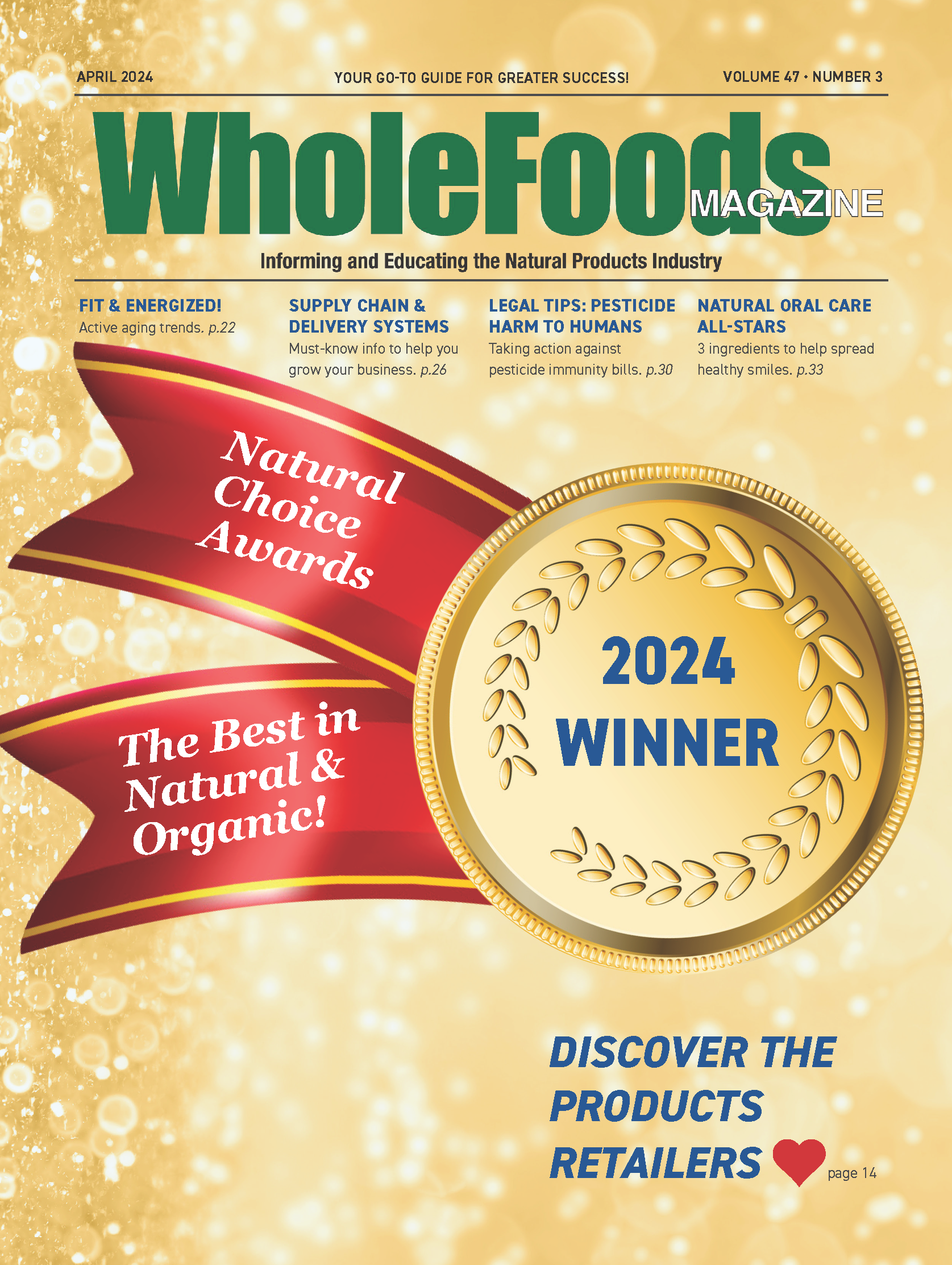
WholeFoods Magazine
A Chain Reaction in Your Cupboard or Kitchen: Food Additives and Skin Problems

Curious to know why—despite the rows of prescription medications, pills, powders and over-the-counter cosmetics and creams—your medicine cabinet is most likely not the single greatest concentration of chemicals in your home?
If so, allow me to lead you on a guided tour of your residence, where we will enter the one room that has more toxins than some laboratories: Your kitchen, the place that stores and refrigerates all manner of additives, waxes, dyes, preservatives, insecticides, artificial flavorings, genetically modified fruits and vegetables, and a veritable periodic chart of chemicals.
The end-result of ingesting this stuff can be, for starters, severe skin irritation, acute dermatitis, rashes and chronic itch. Reactions vary, of course; but the best way to prevent these problems is to become a more diligent inspector of ingredients—in other words, read before you eat—and to consume genuinely whole foods.
I write these words from experience, where, in my role as founder of Kiss My Itch Goodbye®, I seek to identify and isolate the elements that worsen chronic itch.
The following three steps are a good way for people to educate themselves about this issue, and thus avoid the complications associated with the challenges described above.
Step One: Be a Conscious Shopper
The first step is the easiest because it comes back to my previous point about reading the ingredients for the foods you eat. For example: The American College of Allergy, Asthma & Immunology (ACAAI) reports that additives like MSG, sulfites, red (carmine) and yellow (annatto) food coloring, and nitrates are triggers for, respectively, headaches, asthma, anaphylaxis (which can happen quickly and be fatal) and hives and itching.
So, before you put your favorite brand of this or that in your shopping cart, review the ingredients of each item. If there is a suitable substitute, one that is all-natural or organic, opt for that product instead.
This small investment in time can yield a multitude of rewards, sparing you the physical and emotional anguish of combating symptoms you can so conveniently prevent.
Step Two: Be a Champion of Good Health
With your newfound awareness about what makes the foods you buy look and feel and taste the way they do, become your own advocate for good health.
Translation: Tell the store manager where you shop to also carry products that do not have any additives or preservatives. If that person appreciates your business, and he or she should, then that individual should give you the one thing every consumer wants and deserves to receive: choices, enabling you to buy the right products for the right reasons.
Also, apply that same spirited advocacy to the companies that package the items that contain these chemicals. Ask them to either change the ingredients they use, or offer an additional—and safer—line of products geared toward you, and tens of millions of other Americans who share your values.
Indeed, social media is your digital soapbox for rallying like-minded consumers; it is your free platform to educate and inspire a global cause, as many of these food companies are subsidiaries of multinational corporations.
Step Three: Find the Solutions that Already Exist
And finally, find the solutions that already exist.
Which is to say, look for brands that have a commitment to health and wellness.
Select the items that, by virtue of their personalized relationship with consumers and through their real life entrepreneurs and executives, symbolize the principles you cherish.
Taken together, these three steps are about being more aware, active and vocal on behalf of your own health.
That sort of chain reaction is cause for celebration. WF
 Merry Richon is an entrepreneur and the founder of Kiss My Itch Goodbye®, an all-natural and holistic means of alleviating the itching sensation caused by variety of external factors.
Merry Richon is an entrepreneur and the founder of Kiss My Itch Goodbye®, an all-natural and holistic means of alleviating the itching sensation caused by variety of external factors.
Posted on WholeFoods Magazine Online, 2/20/15








